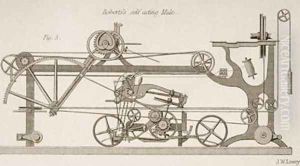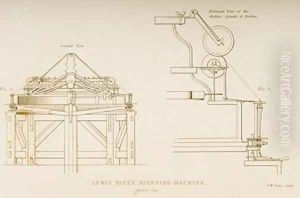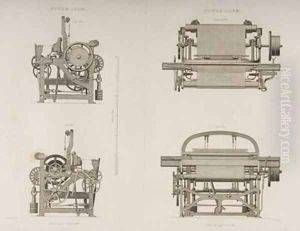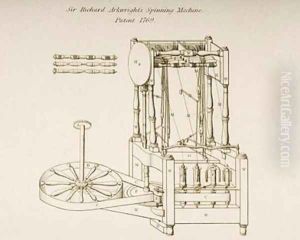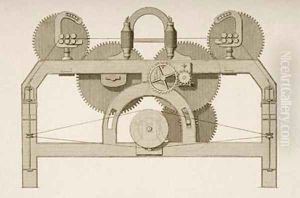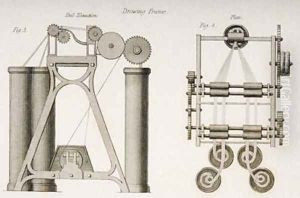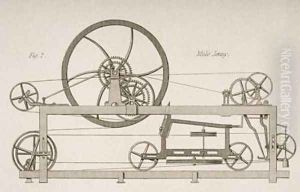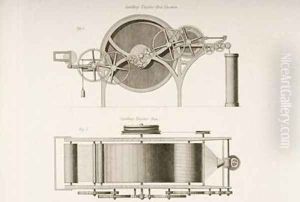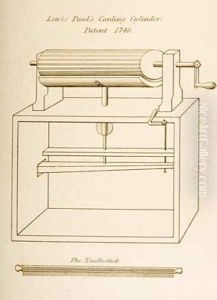Joseph Wilson Lowry Paintings
Joseph Wilson Lowry was a British engraver and mapmaker, born in 1803 to Wilson Lowry, who was also an engraver. Joseph followed in his father's footsteps, becoming well-known for his skills in the engraving discipline. He was part of the 19th-century tradition of engraving, which was an essential aspect of the visual culture and dissemination of images and information at the time. Engraving was a vital process for reproducing maps, scientific illustrations, and works of art for books and periodicals.
Joseph Wilson Lowry is perhaps best recognized for his work in cartography, contributing to the field by engraving maps that were widely distributed and used during his era. Engraving maps required precision and a deep understanding of geography and drafting techniques. In addition to maps, he also engraved various scientific works, including diagrams and illustrations, which were often used in educational texts and scholarly publications.
Throughout his career, Lowry maintained a reputation for his high-quality work and attention to detail. His engravings were not only functional but also held an artistic value, showcasing his ability to translate complex information into clear and accurate visual representations.
Lowry's contributions to engraving and mapmaking have been recognized as part of the broader history of Victorian printmaking. He was a member of a community of artists and craftsmen who were deeply engaged with the scientific and technological advancements of their time, often collaborating with scientists, publishers, and other artists. Joseph Wilson Lowry passed away in 1879, but his work continues to be of interest to historians and collectors who study the development of engraving and cartographic techniques during the 19th century.
